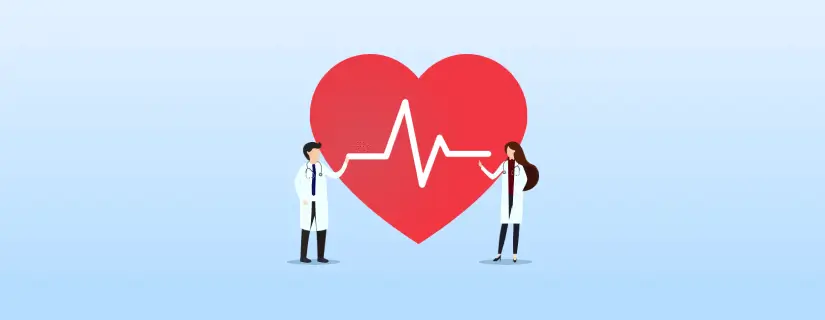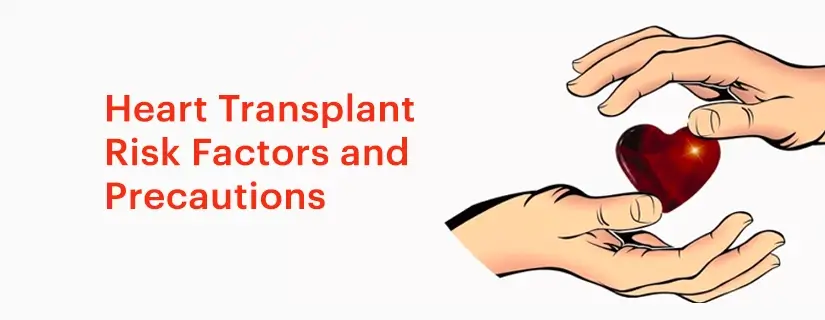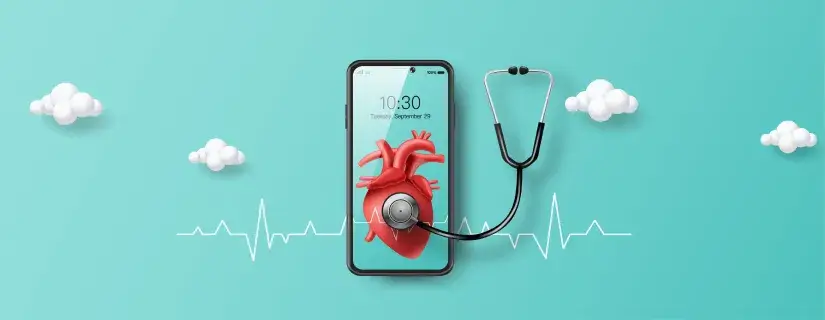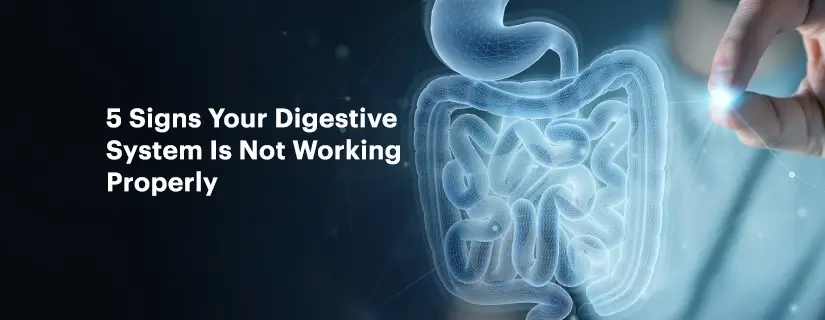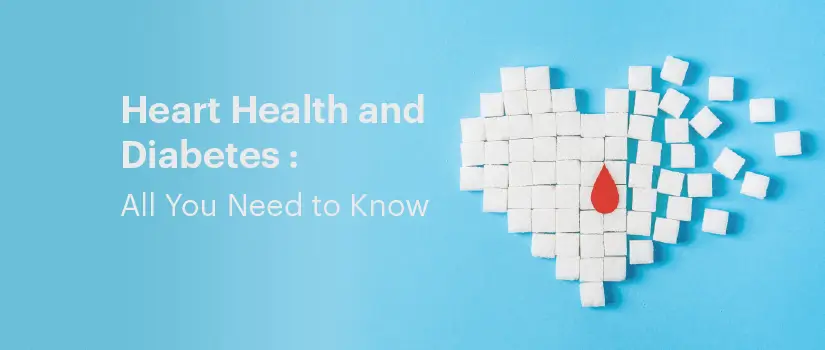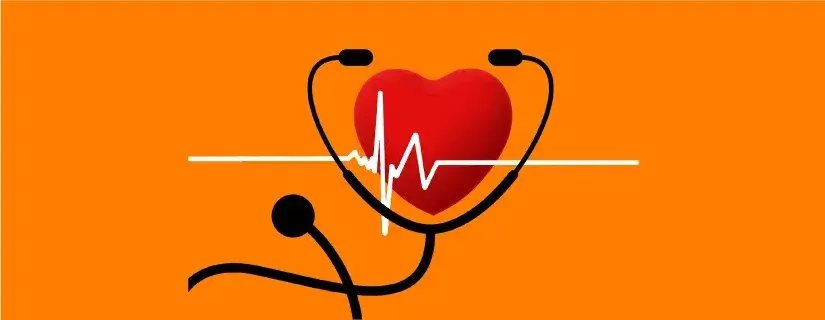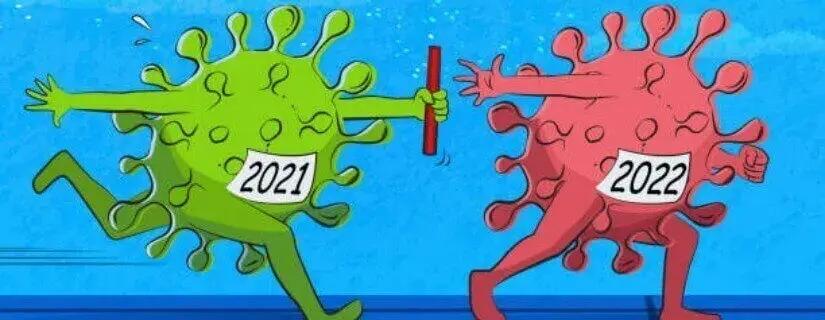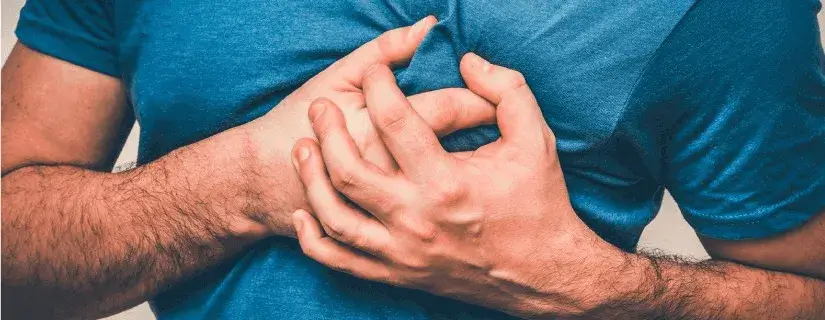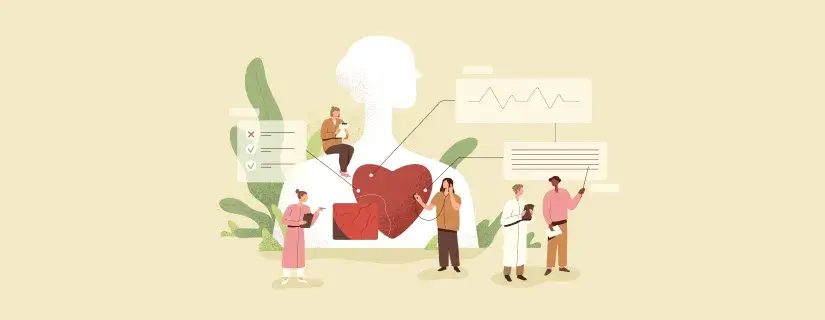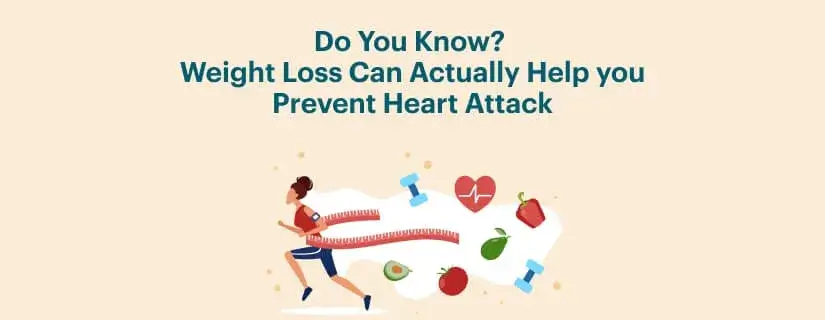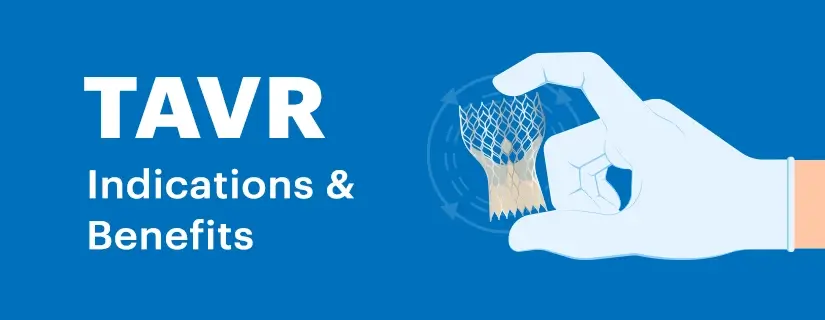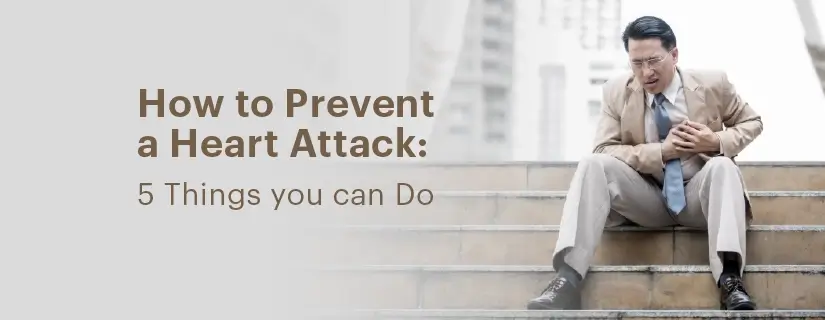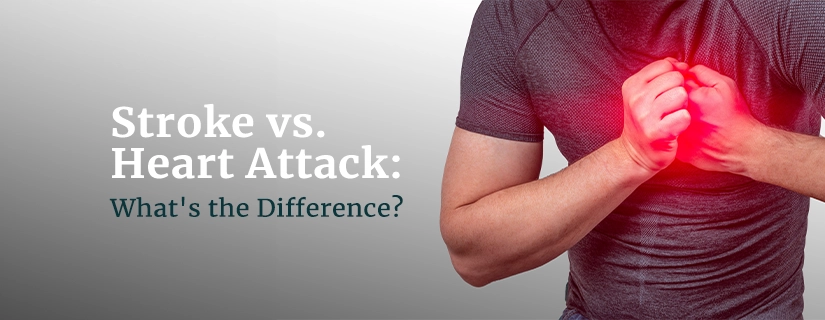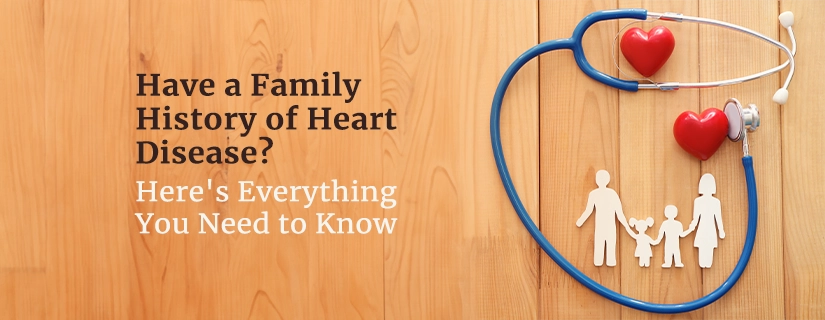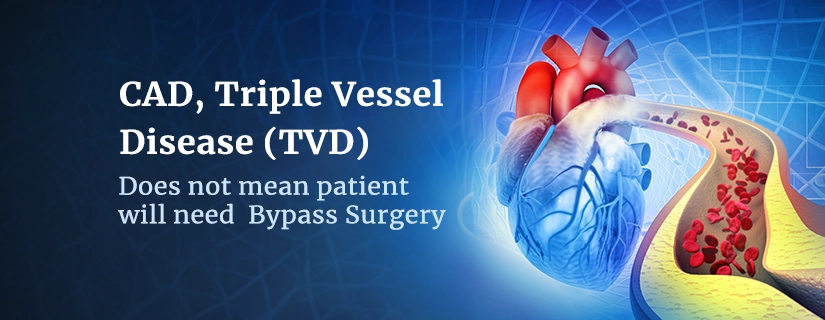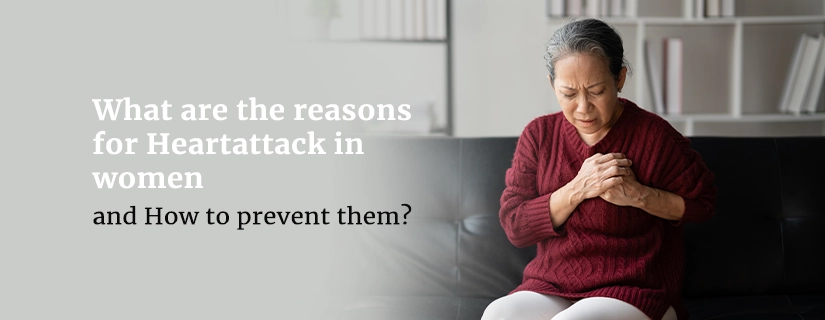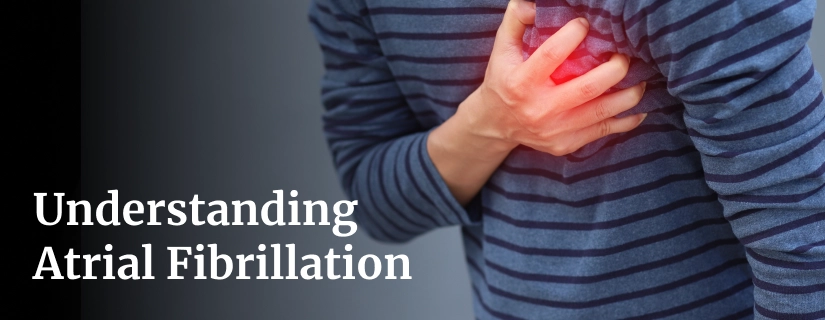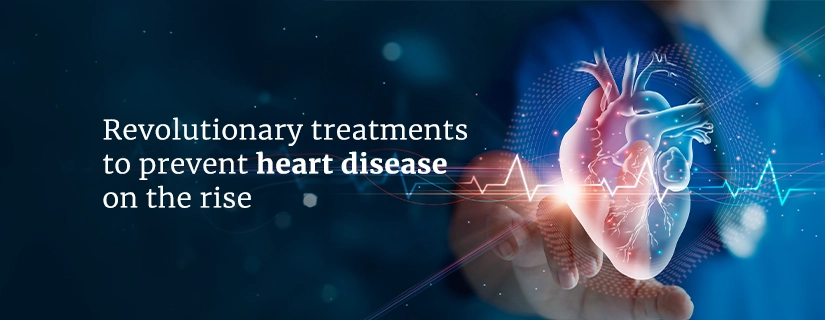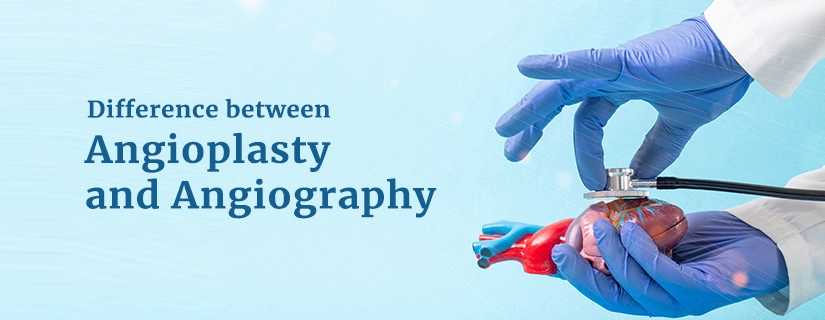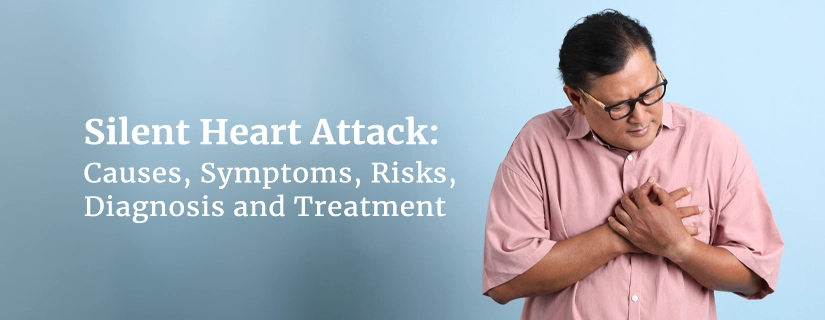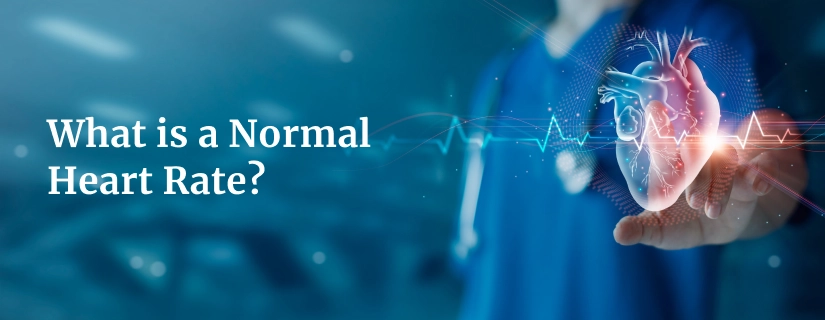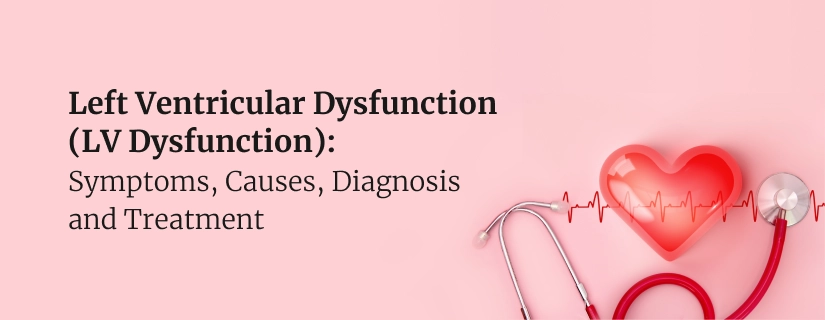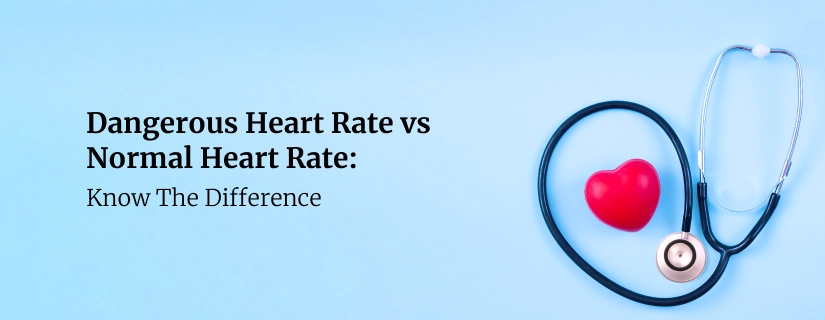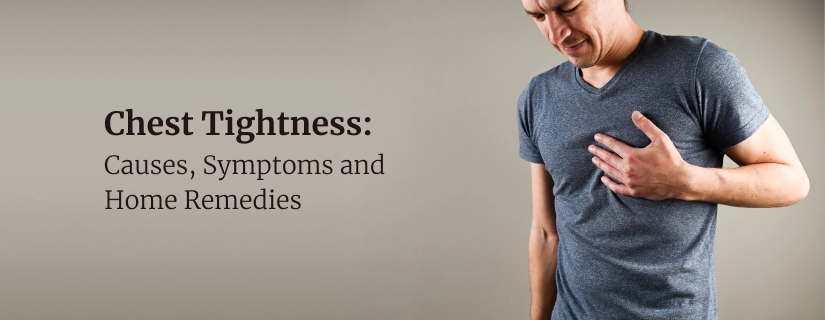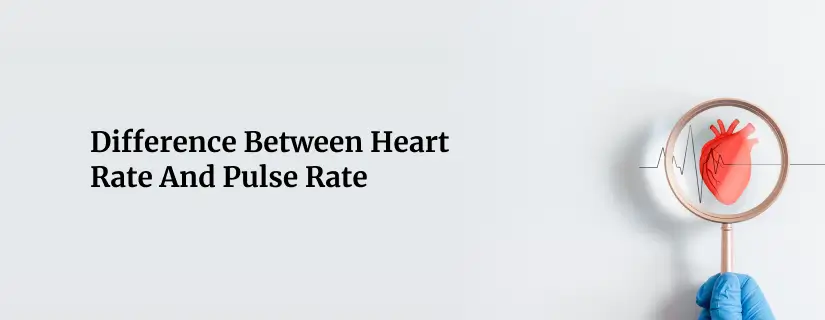-
Doctors
-
Specialities & Treatments
Centre of Excellence
Specialties
Treatments and Procedures
Hospitals & Directions HyderabadCARE Hospitals, Banjara Hills CARE Outpatient Centre, Banjara Hills CARE Hospitals, HITEC City CARE Hospitals, Nampally Gurunanak CARE Hospitals, Musheerabad CARE Hospitals Outpatient Centre, HITEC City CARE Hospitals, Malakpet
HyderabadCARE Hospitals, Banjara Hills CARE Outpatient Centre, Banjara Hills CARE Hospitals, HITEC City CARE Hospitals, Nampally Gurunanak CARE Hospitals, Musheerabad CARE Hospitals Outpatient Centre, HITEC City CARE Hospitals, Malakpet Raipur
Raipur
 Bhubaneswar
Bhubaneswar Visakhapatnam
Visakhapatnam
 Nagpur
Nagpur
 Indore
Indore
 Chh. Sambhajinagar
Chh. SambhajinagarClinics & Medical Centers
Book an AppointmentContact Us
Online Lab Reports
Book an Appointment
Consult Super-Specialist Doctors at CARE Hospitals
Difference between Cardiac Arrest and Heart Attack
Updated on 3 December 2019
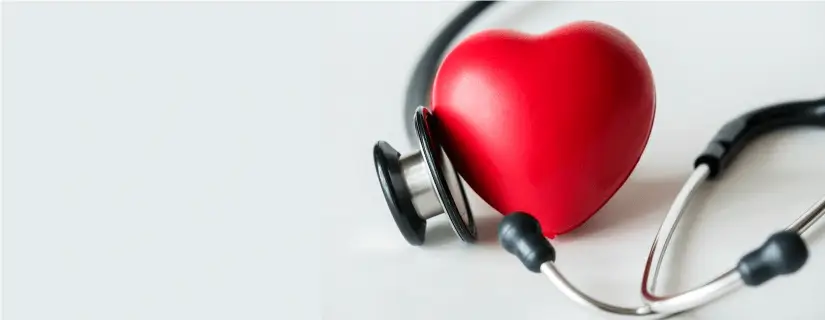
Table of Content
Your heart makes for one of the most important and hardworking organs of the body. It works through every second, keeping you alive and healthy. But we hardly return the favour. With physical fitness becoming more popular and dietary concerns taking over the millennials, we find everyone working for a fit body and physical appearance. But not very often do we see people working specifically for a healthy heart.
All the best heart specialists in India agree that there needs to be an increase in awareness about heart diseases and heart attack prevention. What is surprising is that most of the general population is uninformed of the symptoms of a heart attack or how to deal with one. Knowledge with regard to the heart will not only help you reduce the risks of a heart attack but also allow you to help others in emergencies.
In an effort to increase your understanding of heart health, we have listed some important facts about the heart for you.
What is a Heart Attack?
A heart attack, medically termed myocardial infarction (MI), occurs when blood flow to a section of the heart muscle is blocked, usually due to a clot in the coronary arteries. This This blockage deprives the heart of oxygen, resulting in discomfort or pain in the chest and perhaps causing damage or even death to the heart tissue. To minimise heart damage, get medical attention right away. Treatment options may include blood flow-restoring procedures, medication, and lifestyle modifications to avoid such events in the future.
What is a Cardiac Arrest?
A sudden cardiac arrest may occur without prior warning. It occurs when the heart experiences an electrical malfunction that results in an irregular heartbeat, or arrhythmia. The heart is unable to pump blood to the brain, lungs, or other organs when its pumping action is disrupted with. A person loses consciousness and stops having a pulse when this happens. Without medical attention, the sufferer passes away in a matter of minutes.
Symptoms of a heart attack
A heart attack can have different symptoms in men and women. The most common signs include severe pain in the centre of the chest that flows out to the left arm. Some heart attack symptoms include sweating, shortness of breath, and nausea. Any person facing these issues should immediately be taken to a hospital and treated for heart issues.
What Is The Difference Between Cardiac Arrest And Heart Attack?
The following table explains the difference between cardiac arrest and heart failure
|
Difference |
Cardiac Arrest |
Heart Attack |
|
Definition |
Sudden loss of heart function; heart stops beating |
Chronic condition; heart's pumping is inefficient |
|
Cause |
Severe arrhythmias, heart attacks, or trauma |
Coronary artery disease, high BP, heart damage |
|
Symptoms |
Immediate loss of consciousness, no pulse |
Shortness of breath, fatigue, swelling, coughing |
|
Urgency |
Medical emergency requiring immediate attention |
Managed condition, may not always be emergent |
|
Treatment |
CPR, defibrillation to restore heart's rhythm |
Medications, lifestyle changes, device implants |
Are heart attacks and cardiac arrest the same thing?
No, heart attacks and cardiac arrest are not the same, although they are related to heart health.
Heart Attack (Myocardial Infarction): A heart attack occurs when there's a blockage in one or more coronary arteries, reducing or stopping blood flow to a part of the heart. This blockage is often due to a blood clot forming in an artery that supplies blood to the heart. During a heart attack, the heart muscle becomes damaged or dies due to the lack of oxygen and nutrients.
Cardiac Arrest: Cardiac arrest is a sudden, unexpected loss of heart function, which leads to the heart stopping its pumping action effectively. It can happen due to various reasons, such as severe arrhythmias (abnormal heart rhythms), heart attacks, electrolyte imbalances, drowning, trauma, or drug overdose. During cardiac arrest, the heart's electrical system malfunctions, causing an irregular heartbeat (arrhythmia), leading to the heart's inability to pump blood.
While a heart attack can cause cardiac arrest, not all heart attacks lead to cardiac arrest. Cardiac arrest can occur independently of a heart attack, and it requires immediate intervention, including CPR (cardiopulmonary resuscitation) and defibrillation, to restore the heart's normal rhythm. A heart attack may increase the risk of cardiac arrest, especially if it triggers a severe arrhythmia, but the two are distinct medical events.
What to do when a person experiences a Heart Attack?
During a heart attack, it's crucial to act quickly and seek immediate medical help. Here are the steps to take:
- Call Emergency Services: Dial emergency services immediately upon recognizing symptoms of a heart attack, such as chest pain, discomfort, or other warning signs.
- Stay Calm and Rest: Try to remain as calm and still as possible. Sit or lie down, and avoid exertion or unnecessary movement to reduce the workload on your heart.
- Loosen Tight Clothing: Loosen any tight or restrictive clothing, particularly around the neck and chest, to help ease breathing and blood flow.
Wait for Emergency Help: While waiting for emergency services to arrive:
- Don't try to drive yourself to the hospital unless there's no other option.
- Don't ignore symptoms or delay calling for help.
- Don't take any medications other than aspirin, unless prescribed by a healthcare professional.
Remember, swift action is crucial during a heart attack. Every moment counts, so seeking immediate medical attention is paramount to receive appropriate care and minimise potential damage to the heart muscle.
What to do when a person experiences a cardiac arrest?
During a cardiac arrest, immediate action is critical. Here are the steps to take if someone experiences a cardiac arrest:
- Call Emergency Services: Dial local emergency number immediately for professional medical assistance.
- Start CPR (Cardiopulmonary Resuscitation): If you are trained in CPR, start chest compressions immediately. Place the heel of one hand on the centre of the person's chest, place the other hand on top, and perform chest compressions at a rate of about 100 to 120 compressions per minute. Allow the chest to recoil completely after each compression.
- Continue CPR Until Help Arrives: Continue CPR cycles of compressions and, if trained, rescue breaths until emergency medical services arrive or until the person starts showing signs of movement or breathing.
Remember, quick action significantly improves the chances of survival during a cardiac arrest. If you're not trained in CPR, continue to provide assistance by calling for emergency help and staying with the person until medical professionals arrive. Prompt CPR can significantly increase the chances of survival.

ENQUIRY FORM
SELECT CATEGORIES
-
Neurosciences (16)
-
Neurology (37)
-
Neurosurgery (14)
-
Orthopaedics (48)
-
Oncology (33)
-
Obstetrics and gynecology (52)
-
Pulmonology (23)
-
Urology (20)
-
Nephrology (13)
-
Psychiatry (7)
-
Dietetics and Nutrition (111)
-
General Medicine (63)
-
Cardiac Sciences (32)
-
Vascular & Endovascular Surgery and Interventional Radiology (15)
-
Gastroenterology (46)
-
Endocrinology (23)
-
Plastic Surgery (10)
-
Critical Care Medicine (5)
-
COVID-19 (16)
-
Dermatology (16)
-
Emergency Care (1)
-
Ophthalmology (4)
-
Pediatrics (14)
-
Laparoscopic and Bariatric Surgery (8)
-
ENT (15)
-
Kidney Transplant (1)
-
Liver Transplantation and Hepatobiliary Surgery (5)
-
General Surgery (3)
-
Internal Medicine (5)
-
Medicine Information
Heart Attack Symptoms: What to do in an Emergency
Ways to Handle Heart Emergencies
YOU MAY ALSO LIKE
RECENT BLOGS
-
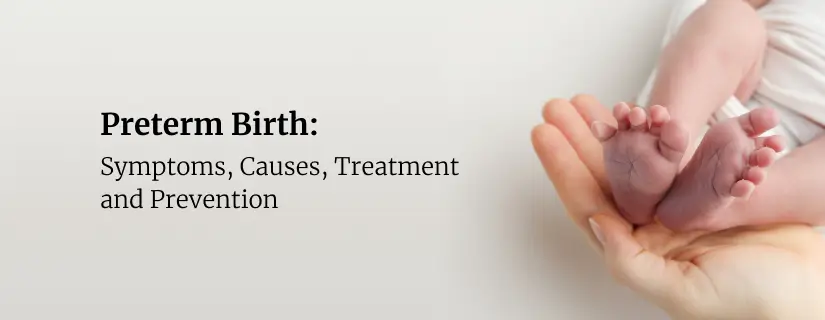
Preterm Birth (Premature Birth): Symptoms, Causes, Treatment and Prevention
13 May 2025
Read More
-
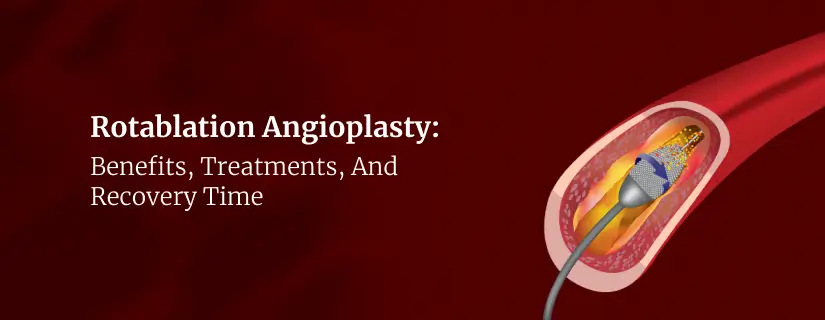
Rotablation Angioplasty: Benefits, Treatments, And Recovery Time
9 May 2025
Read More
-
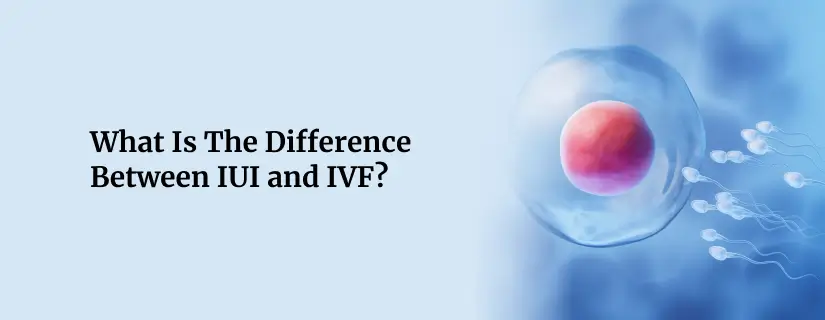
What Is The Difference Between IUI and IVF?
9 May 2025
Read More
-
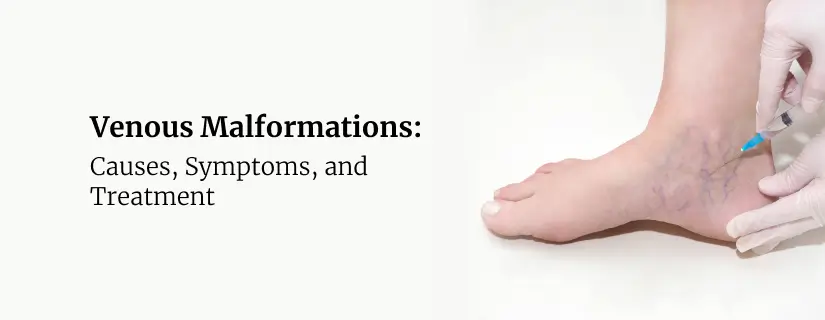
Venous Malformations: Causes, Symptoms, and Treatment
30 April 2025
Read More
-
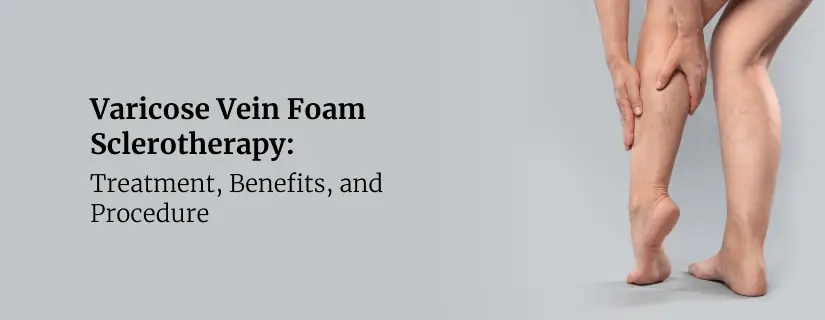
Varicose Vein Foam Sclerotherapy: Treatment, Benefits, and Procedure
30 April 2025
Read More
-
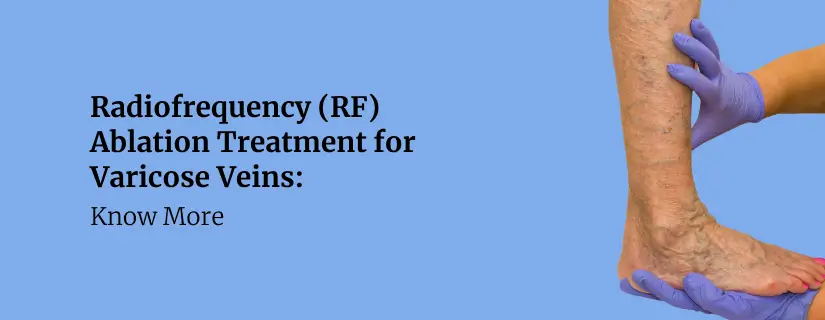
Radiofrequency (RF) Ablation Treatment for Varicose Veins: Know More
30 April 2025
Read More
-
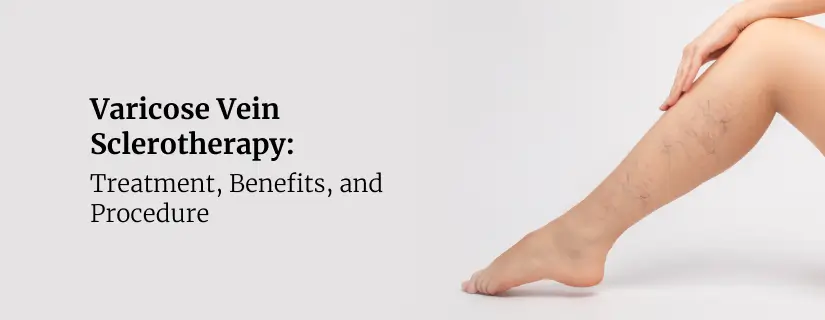
Varicose Vein Sclerotherapy: Treatment, Benefits, and Procedure
30 April 2025
Read More
-
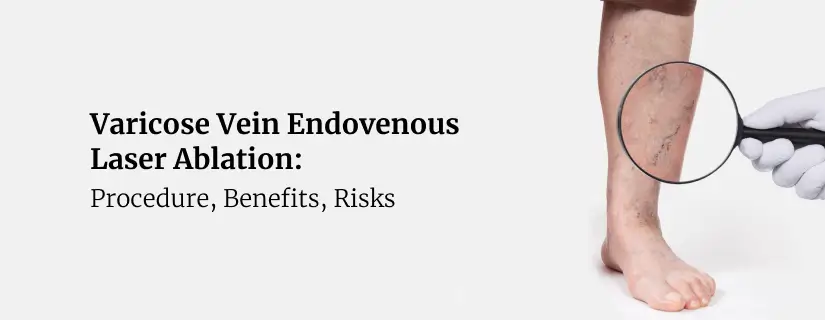
Varicose Vein Endovenous Laser Ablation: Procedure, Benefits, Risks
30 April 2025
Read More
Have a Question?
If you cannot find answers to your queries, please fill out the enquiry form or call the number below. We will contact you shortly.


